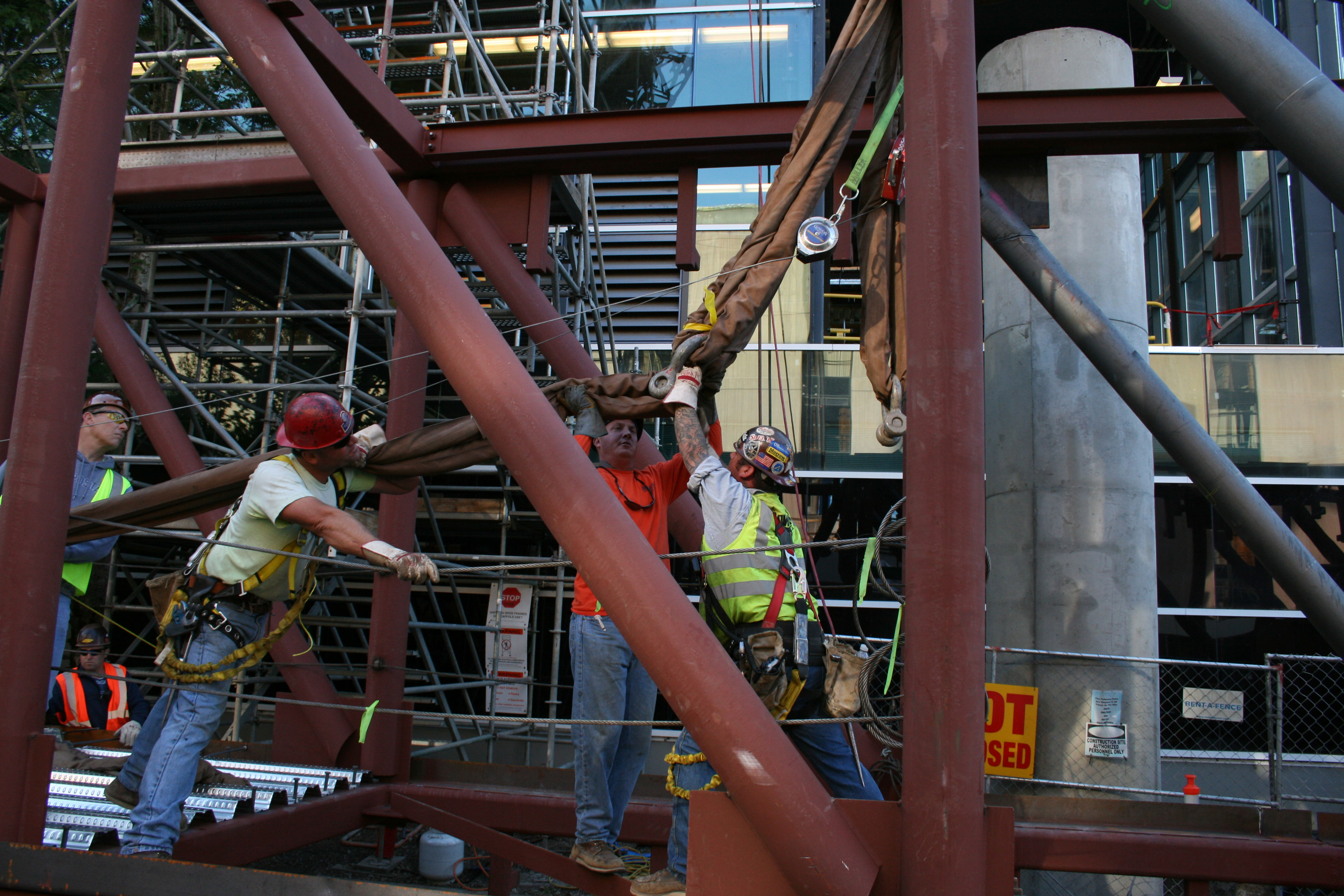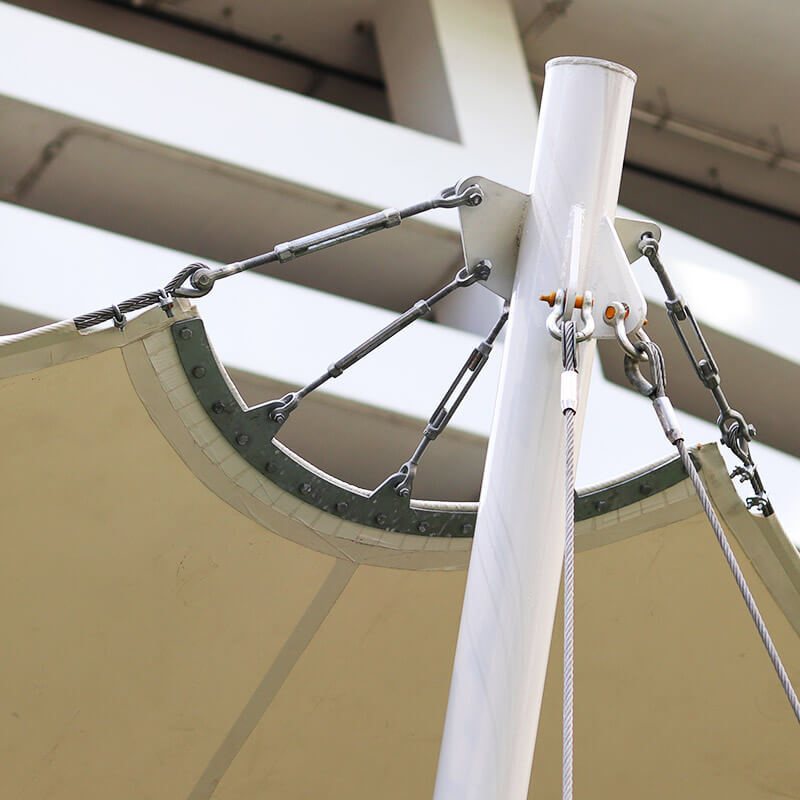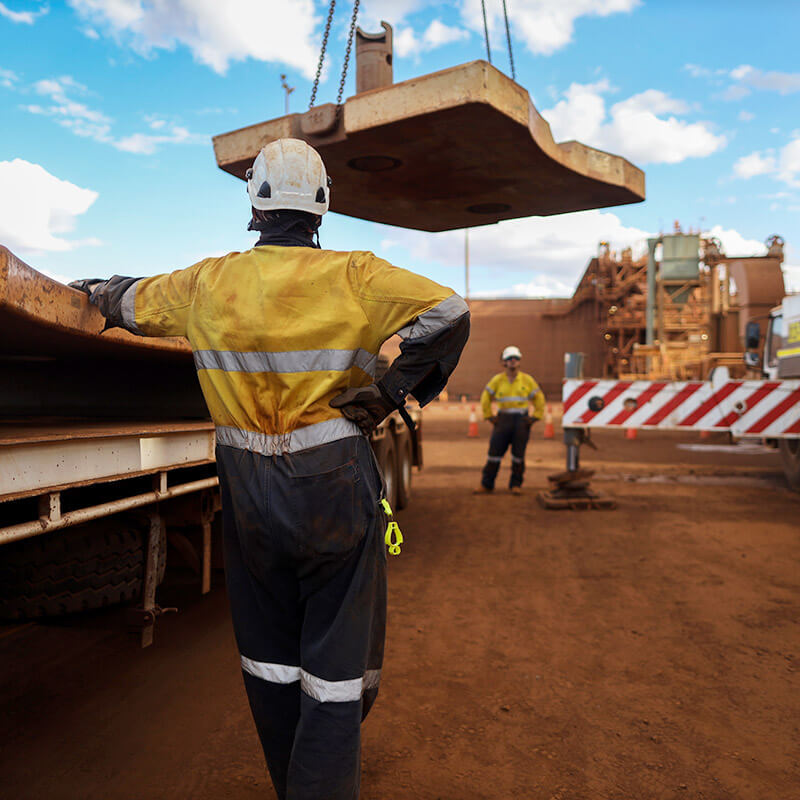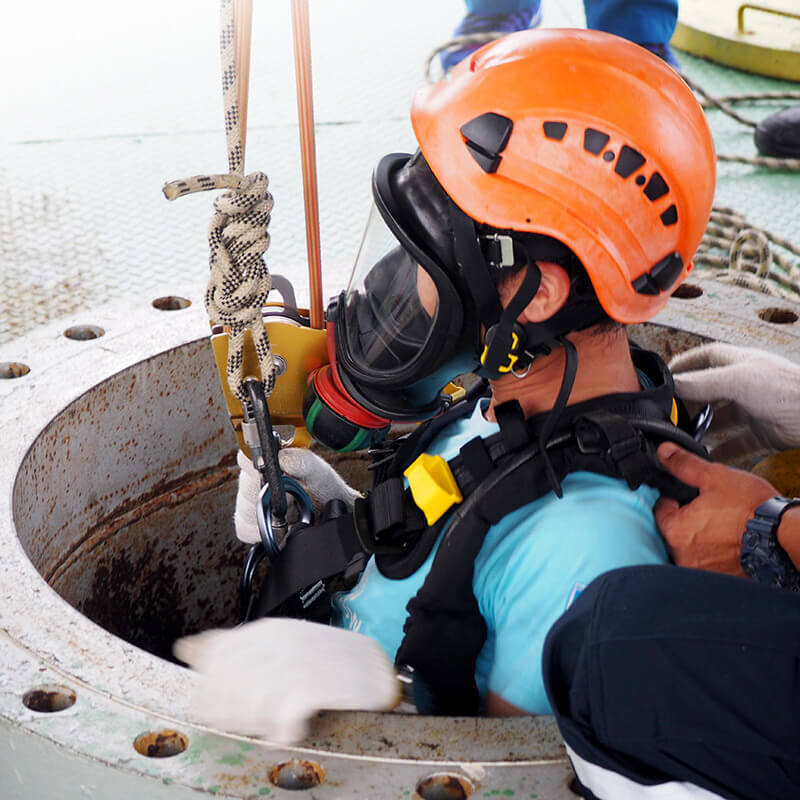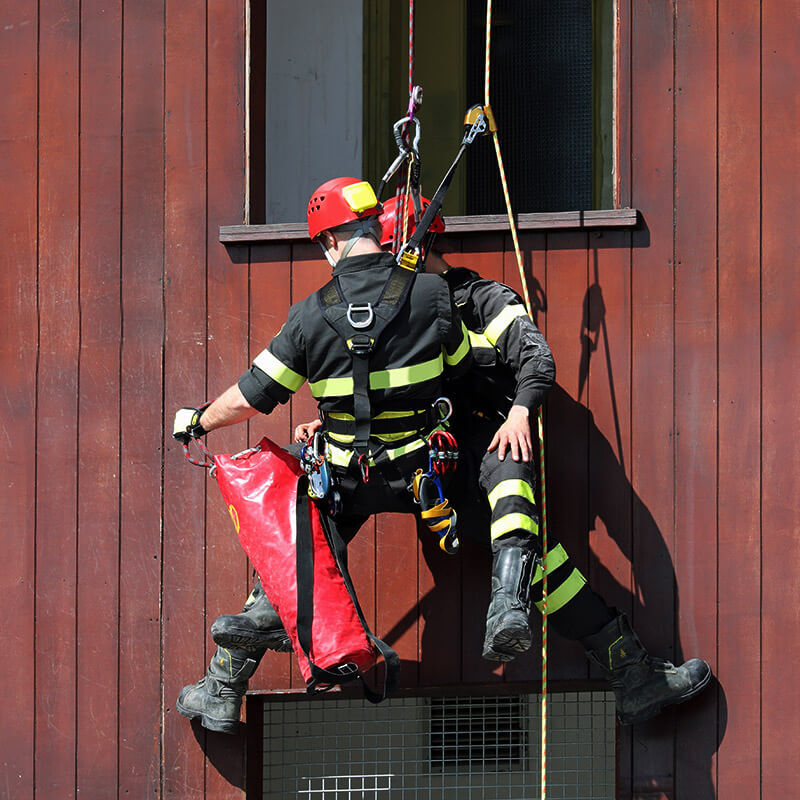What are Shackles Used For?
Ever thought about how a small piece of hardware can be so important in huge projects? Shackles play a key role in construction, lifting, towing, and moving heavy items. They link ropes, chains, and slings for safety and efficiency in various tasks. These tools come in many forms, all designed for specific uses.
Bow shackles are great for jobs needing support from different angles. Dee shackles work best for lifting heavy things in one direction. In places where rust is a worry, like near the sea, stainless steel shackles are a top choice.
Shackles also come in special types for unique jobs. For underwater use, there are ROV shackles. Safety shackles, with their extra secure fastenings, offer peace of mind. There are even wide body shackles for big lifting jobs.
Piling shackles show how innovative these tools can be. They are made just for lifting steel piling sheets. Each kind of shackle serves a special need in the construction and industry world.
Key Takeaways
- Shackles are crucial in hoisting, towing, lifting, and rigging operations.
- They connect ropes, chains, and slings, enhancing safety and efficiency.
- Bow shackles handle multidirectional loads, ideal for rigging applications.
- Dee shackles are suited for heavy lifting along a straight path.
- Stainless steel shackles resist corrosion in marine environments.
- Specialized shackles, like ROV and safety shackles, cater to specific tasks.
- Piling shackles are designed for lifting steel piling sheets in construction.
Understanding the Basics of Shackles
Shackles are U-shaped load-bearing devices, sometimes with a bolt or screw pin to hold them tight. They have a main body (sometimes D-shaped or bow-shaped), ears for the pin's placement, the pin itself, and a shoulder on the pin. This touches the ear when the pin is fully tightened. The meaning of shackles is clear with these parts and their uses.
The shape of the shackle influences what jobs it can do. There are different kinds to handle various loads and tasks. For example, screw pin shackles are easy to put together for short-term use. But, bolt shackle types are more stable for long-term or moving loads.
Choosing the right shackle means thinking about the load limit, the type of use, how often it's checked, and the environment. Details like size and material matter a lot. Crosby makes a range of shackles for all kinds of work. Their products are tough, lasting through tough conditions even at -50 degrees Celsius.
Now, let's sum up what we know about shackles. They are key in many areas, ensuring things work well, are safe, and last. Crosby stands for top quality and new ideas. They assure their shackles are top-notch, perfect for use in cranes, the sea, off-road trips, or stages. Knowing about different shackle types and details is critical for safe and effective lifting work.
What are Shackles Used For?
Shackles are very important in industrial rigging work. They help keep heavy loads safe and move smoothly. Used in construction, shipping, and more, they play a big role in many jobs. The Crosby Group makes many shackles to match different work needs.
Bow shackles can handle loads in different ways, which is great for many jobs. Dee shackles give strong, direct pulling power. Crosby makes their shackles very strong and flexible. This makes them right for lifting overhead safely.
Choosing the right shackle type is key to safe and efficient load handling. Crosby designs shackles with round pins, screw pins, and bolts for all sorts of jobs. They have special shackles that work in extremely cold places. And, their unique feature makes safety checks quick and easy.
Some industries use special shackles, like ones for entertainment or underwater work. It's crucial to check and replace shackles when needed to avoid accidents. Crosby helps by teaching people how to take good care of their shackles.
Conclusion
Shackles play a vital role in the lifting and rigging industry. They come in different types, each serving a specific purpose. Bow shackles work well for loads that pull from different directions. Dee shackles, on the other hand, are great for lifting things straight up.
Using shackles correctly is key for safety and smooth operations. It's important to check them often and not exceed their weight limits. By picking the right shackle for the job, we make sure operations go safely. Regular checks help avoid accidents by catching any damage early.
There are many shackles to choose from for professionals. Bishop Lifting offers a wide variety including Crosby Shackles to meet every need. Staying up-to-date on safety tips and new shackle tech helps ensure the best practices in safety and work efficiency.
FAQ
What are shackles used for?
Shackles are mainly for hoisting, towing, and lifting things. They help connect ropes, chains, and slings together. This makes them very important in industries for lifting large loads and securing items.
What types of shackles are there?
There are many types of shackles, each for different jobs. For example, bow shackles are great for moving loads in many directions. Dee shackles work best for lifting things in a straight line. And there are even ROV shackles for use under the sea and wide body shackles for very heavy loads.
What is the meaning of a shackle?
A shackle looks like a letter U and is used for lifting and securing items. It has a bolt or screw pin to hold things together.
What are the different sizes and specifications of shackles?
Shackles vary in size for different loads. They are measured by the bow diameter and ear width. The size shows how much weight they can bear. They also have limits on how much they can carry and use pins or bolts to close.
What materials are shackles made from?
Shackles can be made of stainless steel for the sea because it resists rust. For very strong needs, they use alloy steels.
How are shackles used in rigging applications?
Shackles link chains, slings, and ropes for safe lifting. Bow shackles handle loads from many sides. Dee shackles are for lifting in a straight line.
What are the key safety considerations when using shackles?
It's important to choose the right shackle for the job and its conditions. Always follow the weight limit. Check shackles often for wear. Replace them if they're damaged. Using shackles properly keeps things safe.
How do you determine the appropriate shackle for a specific task?
To pick the right shackle, look at the load and how its direction. Consider if it needs to resist rust. Make sure the shackle you choose fits the task. This is crucial for safety and success.
What Are the Four Basic Types of Turnbuckle End Fittings?
Dec 30th 2025
What Is a Turnbuckle Used for in Rigging?
Dec 23rd 2025
What’s the Best Material for Rigging?
Dec 18th 2025
What Is the 10-Foot Rule for Rigging?
Dec 15th 2025
What Are the Different Types of Climbing Ropes?
Dec 11th 2025
What Type of Rope Is Best for Climbing?
Dec 9th 2025
What Are the Two Types of Kernmantle Rope?
Nov 25th 2025
What Is a Kernmantle Rope Used For?
Nov 21st 2025
What Is a Fall Protection Harness?
Nov 14th 2025


